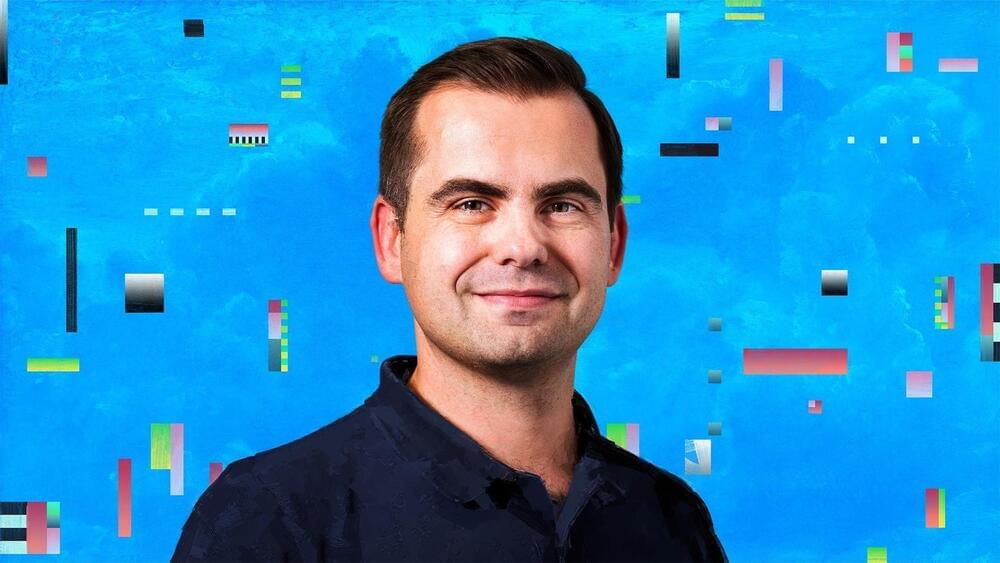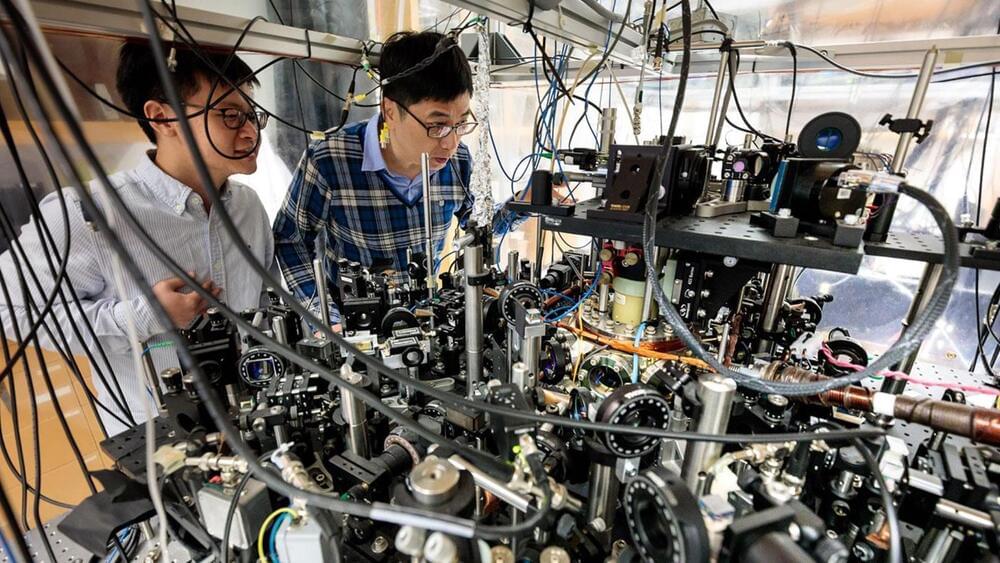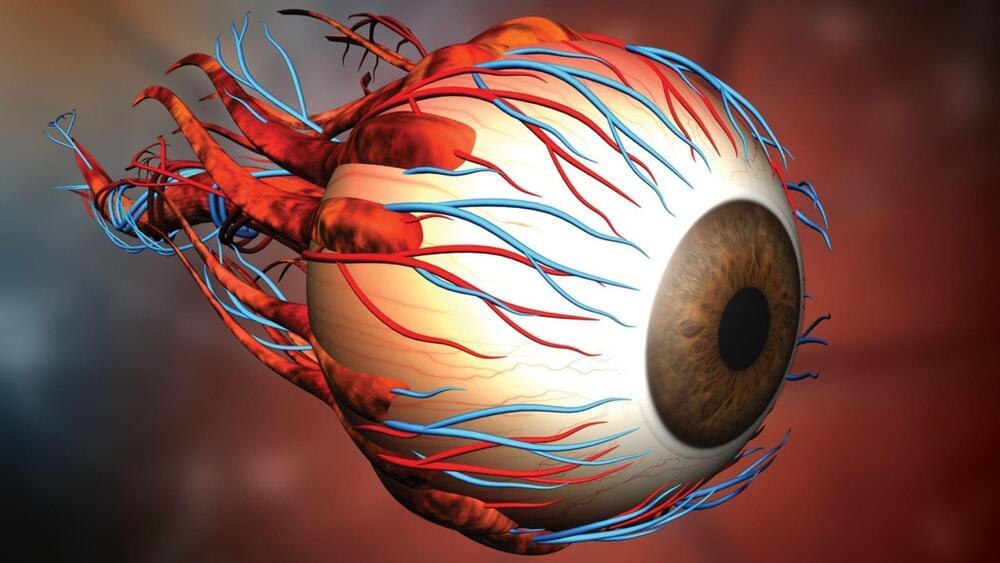Spirituality declines, depression rises. Is there a link?
Study reveals an important discovery in the realm of nanomachines within living systems. Prof. Sason Shaik from the Hebrew University of Jerusalem and Dr. Kshatresh Dutta Dubey from Shiv Nadar University, conducted molecular-dynamics simulations of Cytochromes P450 (CYP450s) enzymes, revealing that these enzymes exhibit unique soft-robotic properties.
Cytochromes P450 (CYP450s) are enzymes found in living organisms and play a crucial role in various biological processes, particularly in the metabolism of drugs and xenobiotics. The researchers’ simulations demonstrated that CYP450s possess a fourth dimension — the ability to sense and respond to stimuli, making them soft-robot nanomachines in “living matters.”
In the catalytic cycle of these enzymes, a molecule called a substrate binds to the enzyme. This leads to a process called oxidation. The enzyme’s structure has a confined space that allows it to act like as a sensor and a soft robot. It interacts with the substrate using weak interactions, like soft impacts. These interactions transfer energy, causing parts of the enzyme and the molecules inside it to move. This movement generates ultimately a special substance called oxoiron species, which serves the enzyme to oxidize a variety of different substances.
AI-based translation software, DeepL, is making its first appearance on the Forbes Cloud 100 list this year thanks to a machine learning translation model that users say is more precise than Google’s.
Jaroslaw Kutylowski speaks German, Polish and English (and he can order a Coke in French). With DeepL, his startup’s AI-powered translation tool, he can read and write in about 30 more.
Founded in 2017, DeepL has developed translation software that it says is far more accurate than rival products offered by Google and others, thanks to some powerful artificial intelligence working in concert with human native language speakers.
When an artist – whether they are a painter, writer, photographer, poet, etc. – creates a piece of work, they automatically own the copyright to it. This means they get to choose how that work of art can be used and, of course, get paid for it. But what happens when a piece of art is created by a computer?
This is a problem that we’ve only had to deal with in the last year – since Generative AI took the world by storm. Tools like ChatGPT can write stories, songs or plays, while Stable Diffusion or DALL-E 2 can produce images of anything we can describe to them.
But should the credit (and royalties) go to the person who used the tool to create the art or to the company that built the AI tool?… More.
Delve into the contentious debate around ownership, credit, and financial compensation for art created by AI tools, exploring artists’ rights and IP laws.
“This has been a scientific goal for 20 years, so it’s a very exciting era.”
In a significant advance, scientists have obtained the first proof of a phenomenon known as “quantum superchemistry.” This effect was previously predicted but never actually observed in the laboratory.
The University of Chicago researchers that led this experiment characterize quantum superchemistry as a “phenomenon where particles in the same quantum state undergo collectively accelerated reactions.”
John Zich.
This effect was previously predicted but never actually observed in the laboratory.
We can soon ascertain whether a room-temperature superconductor, with the potential to profoundly alter the world, has indeed been achieved.
Original samples of the alleged superconductor LK-99 could be available for validation studies as early as two weeks, Bloomberg.
A panel of experts convened by South Korea to examine the assertions made by the researchers released the update.
Retinal pigment epithelial (RPE) cells grown on 3D nano scaffolds have the potential to treat age-related macular degeneration, a disease that is making millions of humans blind as they age.
Age-related macular degeneration (AMD) is one of the most common causes of poor eyesight, blurred vision, and blindness in middle and old-age individuals. A team of scientists at Anglia Ruskin University (ARU) has figured out a way to treat this condition using cultured retinal pigment epithelial (RPE) cells.
In their latest study, the ARU team demonstrated a method that allowed them to grow RPE cells on 3D nano scaffolds made of thin nanofibers that can be arranged in any orientation and replicate nerve fibers’ arrangement.
Using a 192-beam laser at Lawrence Livermore National Laboratory’s National Ignition Facility, researchers heated and compressed hydrogen atoms, exceeding solar temperatures.
Researchers at the Lawrence Livermore National Laboratory (LLNL) in California have successfully repeated the breakthrough experiment in nuclear fusion performed in December last year, Reuters.
The experiment performed on July 30 had a higher yield than what was obtained in December, a spokesperson said.
As much as we may love them, cats are major reservoirs of zoonotic infections, and their bites and scratches can pose a serious threat to our health. It’s a sad truth that one UK-based man found out the hard way after he was bitten by a stray cat and contracted an extensive soft tissue infection caused by a species of bacteria that had never been described before.
A case report describing the incident details how, back in 2020, the 48-year-old man turned up at the emergency department presenting with a painful, swollen hand. Eight hours earlier, he had been bitten several times by a feral cat. Doctors initially cleaned and dressed the man’s wounds, before giving him a tetanus shot and sending him on his way with a course of antibiotics.
However, within 24 hours he was back, with an intensifying infection in his left little and right middle fingers, as well as both forearms. Again, the area was cleaned, and this time, the damaged tissue was surgically removed and intravenous antibiotics were administered. After five days of oral antibiotics, he made a full recovery.
The company’s 3D displays have successfully ‘holoported’ products, court witnesses, and even Captain Kirk from one place to another.








